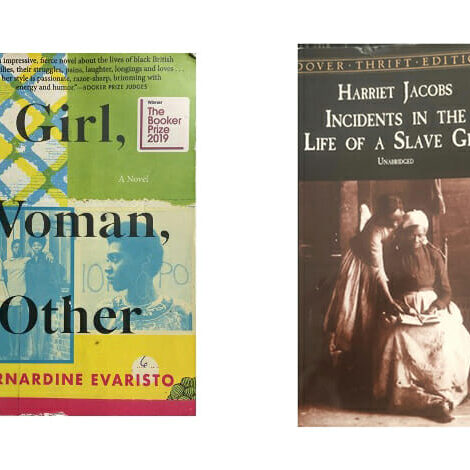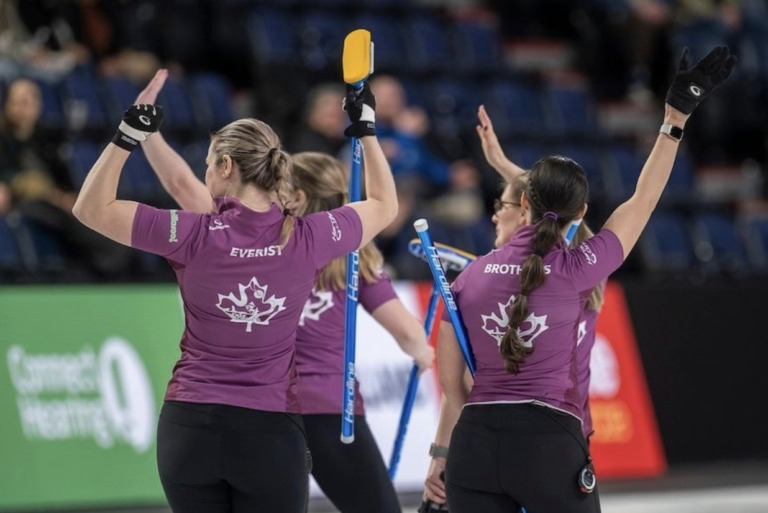
Feeling Our-shelves: With Lili and Reanna
Important reads during Black History Month
Editor’s note and trigger warning: This article contains mention of sexual assault.
In this edition, we each discuss a book that we recommend you read during Black History Month.
Incidents in the Life of a Slave Girl: Written by Herself – Harriet Ann Jacobs, 1861
Harriet Ann Jacobs’s Incidents in the Life of a Slave Girl: Written by Herself is a narrative documenting her life story from childhood to freedom, written with the intent of generating sympathy and partitionist action from white women in the northern states of America.
To achieve this goal, Jacobs incorporates strong themes of universal womanhood and motherhood to appeal to the emotions of her target audience. While contextualizing her childhood, Jacobs wrote about the legal designation of slaves as property under the law, subject to being sold and purchased at any time, as well as the psychological and sociological implications that this had on her, her family and her community.
She discusses at length the sexual abuse she endured from her master, and the blame and hatred directed towards her from her mistress. Jacobs goes into detail about her remarkable journey to freedom, during which she spent seven years hiding in a little compartment of a shack on her grandmother’s property – a feat she was only able to accomplish through sheer perseverance towards a chance of freedom with her children.
Eventually, Jacobs escapes the South and recounts her newfound freedom: finding work to support herself and her children, evading her pursuant owners and coming to terms with the racial inequalities that were still pervasive in the North.
Incidents in the Life of a Slave Girl is incredibly well written. Jacob was skillfully able to convey her intensely emotional and memorable personal story.
– Lili
Girl, Woman, Other – Bernadine Evaristo, 2019
Bernadine Evaristo’s Girl, Woman, Other, a joint winner of the 2019 Man Booker Prize, tells the stories of 12 Black British women spanning from 1905 to the present day. The tales of each character are unique, with the majority of their stories being interconnected in some way, as there are just a couple degrees of separation between each of them. All of the women in the book represent a different class, age, occupation, gender and sexual identity; the characters’ ages range from 19 to 93.
The story is semi-autobiographical, as the character Amma is a co-founder for a theatre where she puts on a play at the beginning of the novel. Similarly, Bernadine Evaristo, along with two other women, founded the Theatre of Black Women in 1982. It is easy to infer that many of the characters’ experiences in the novel can stem from the author’s own. The novel has such a diverse range of intersections of identity, which means there are aspects of the characters’ lives that many people will relate to.
Evaristo highlights the harmful impositions of intersectional discrimination within the lives of her characters. Most of them, living in predominantly white areas of Britain, are faced with countless obstacles on a daily basis as they attempt to navigate a sociopolitical landscape that in no way encourages, or even permits, Black success.
Although the poetic prose and unconventional structure in which the novel is written is engaging, the lack of punctuation is frustrating. The detail and depth of the characters’ lives perfectly immerses the reader in a way that garners empathy and creates an affinity for the characters. Girl, Woman, Other is an astounding read and a perfect choice for anyone looking to educate themselves this Black History Month.
– Reanna






